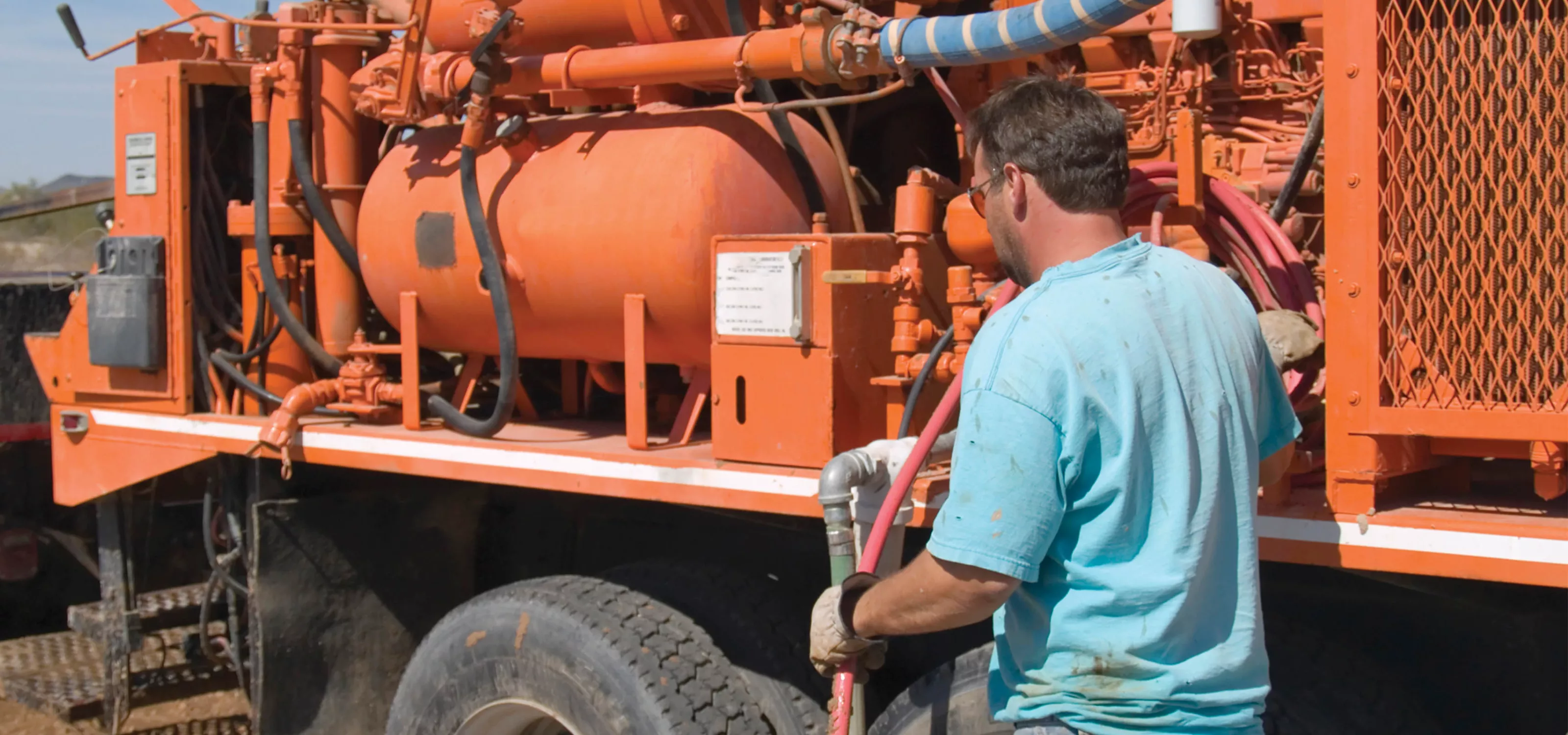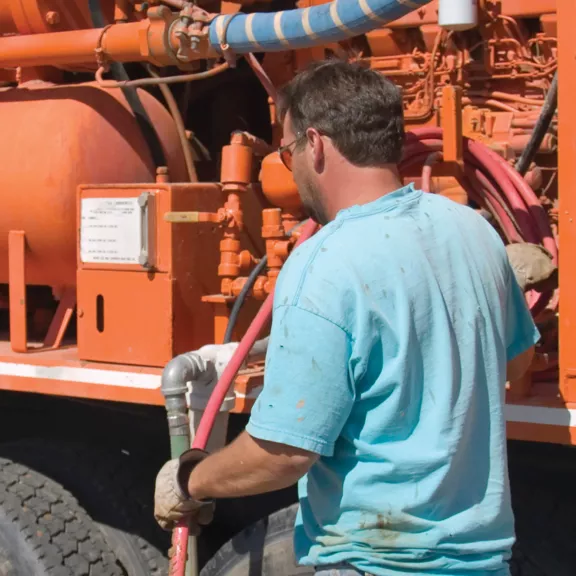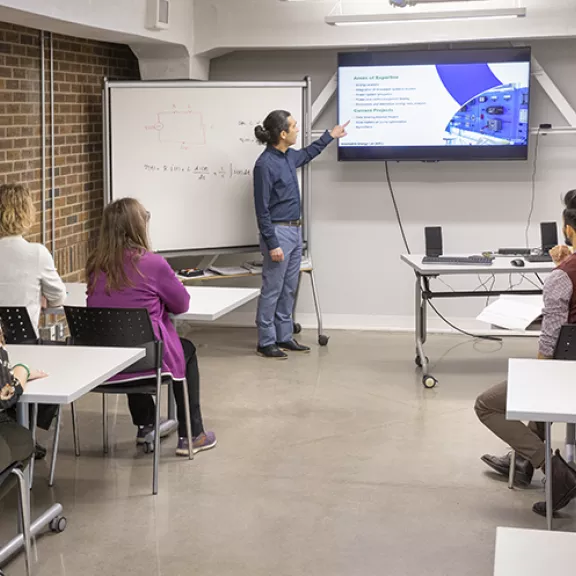
Water Well Driller Apprenticeship
About the Water Well Driller Apprenticeship
Are you interested in becoming a Water Well Driller? In this program you will learn to set up and operate mobile rotary, boring or cable tool drilling rigs used to drill residential, commercial and industrial water wells. In addition, you will conduct environmental assessment drilling.
Your apprenticeship technical training has a significant portion of hands-on learning incorporated. This includes instruction and hands-on training in all aspects of exploration, preparation, drilling techniques, water quality testing, sterilization as well as well and drilling equipment and equipment installation, repair and maintenance.
Most Water Well Drillers are self-employed or employed by water well drilling companies. Many water well drilling operations are family-run businesses.
The demand for water well drilling services slows down somewhat in the winter. During that time, you may find employment with construction companies, maintain and upgrade their equipment, or work with water purification and water pumping systems.
When you graduate, you’ll receive both a:
Journeyperson Certificate: This certificate not only acknowledges your expertise in your chosen trade but also grants you the legal authority to work in that trade.
Education Credential: This is a formal testament to your dedication and hard work. It confirms that you've successfully finished a certificate in a -post-secondary study program and highlights the time and effort you've invested in mastering your trade or profession.
Work-integrated Learning
Apprenticeship is a unique form of post-secondary education that blends hands-on work experience with classroom learning. On average, you will spend 80 per cent of your apprenticeship on the job, practicing your trade or profession, and 20 per cent in the classroom or lab through structured learning at RDP.
Further Study
If you have a valid Alberta Journeyman Certificate, you are eligible to receive a Blue Seal Achievement in business competencies after completing the necessary requirements.
Program Content
During this program you will spend ten weeks in blended classroom instruction every year, and a minimum of 1,800 hours on-the-job training annually.
Completion of Classroom Training
Students must achieve a weighted average of 65% with no section under 50% in both the theory and practical components of the Classroom Training as well as achieving a minimum grade of 70% on the AIT Provincial Exam for each period of Classroom Training.
Completion of a Journeyperson Certificate
The term of apprenticeship for a water well driller is 2 years (two 12-month periods) including a minimum of 1800 hours of on-the-job training and 10 weeks of blended classroom instruction each year.

Related Careers
Water Well Driller
Driller
Journeyperson
Strong possibility of business ownership

Meet the Faculty
At Red Deer Polytechnic we are proud of our faculty members and staff who are experts in their disciplines and subject areas.
Admission Requirements
How to become an Apprentice:
Ensure you meet Apprenticeship and Industry Training (AIT) eligibility and entrance requirements for your desired skilled trade.
Find a sponsor/employer to begin earning on-the-job hours towards your apprenticeship
Apply for an Apprenticeship Education Program.
Register for classroom instruction.
Academic Requirements
Apprenticeship and Industry Training (AIT) Entrance Requirements Recommended Path:
ELA 30-2
Math 30-3
Physics 20 or Chem 20 or Science 20
Related CTS courses
OR
Minimum Requirements:
ELA 10-2
Math 10-3
OR
A pass on all five Canadian GED tests
OR
Successful completion of AIT’s entrance exam
Intake Details
2025-2026 – Temporarily Unavailable
Please keep checking this page or the Tradesecrets - Class Catalogue for updated information.
1st Period
January 5, 2026 – March 13, 2026
- Blended Delivery
- On campus time requirements
- January 5-7, 2026 | 8:30am-3:30pm
- February 17-20, 2026 | 8:30am-3:30pm
- March 9-12, 2026 | 8:30am-3:30pm
- March 13, 2026 | 7:30am-1:00pm
Program Cost
These costs are an estimate of tuition and fees based on the recommended course load per training period.
NOTE: Additional fees may apply.
For full fee information, view our Program Cost Estimates.
Financial Aid Options
Student life can be very expensive, and few individuals have enough money to pay up-front for their post-secondary education.